Me: In Poetry, Song, and Art
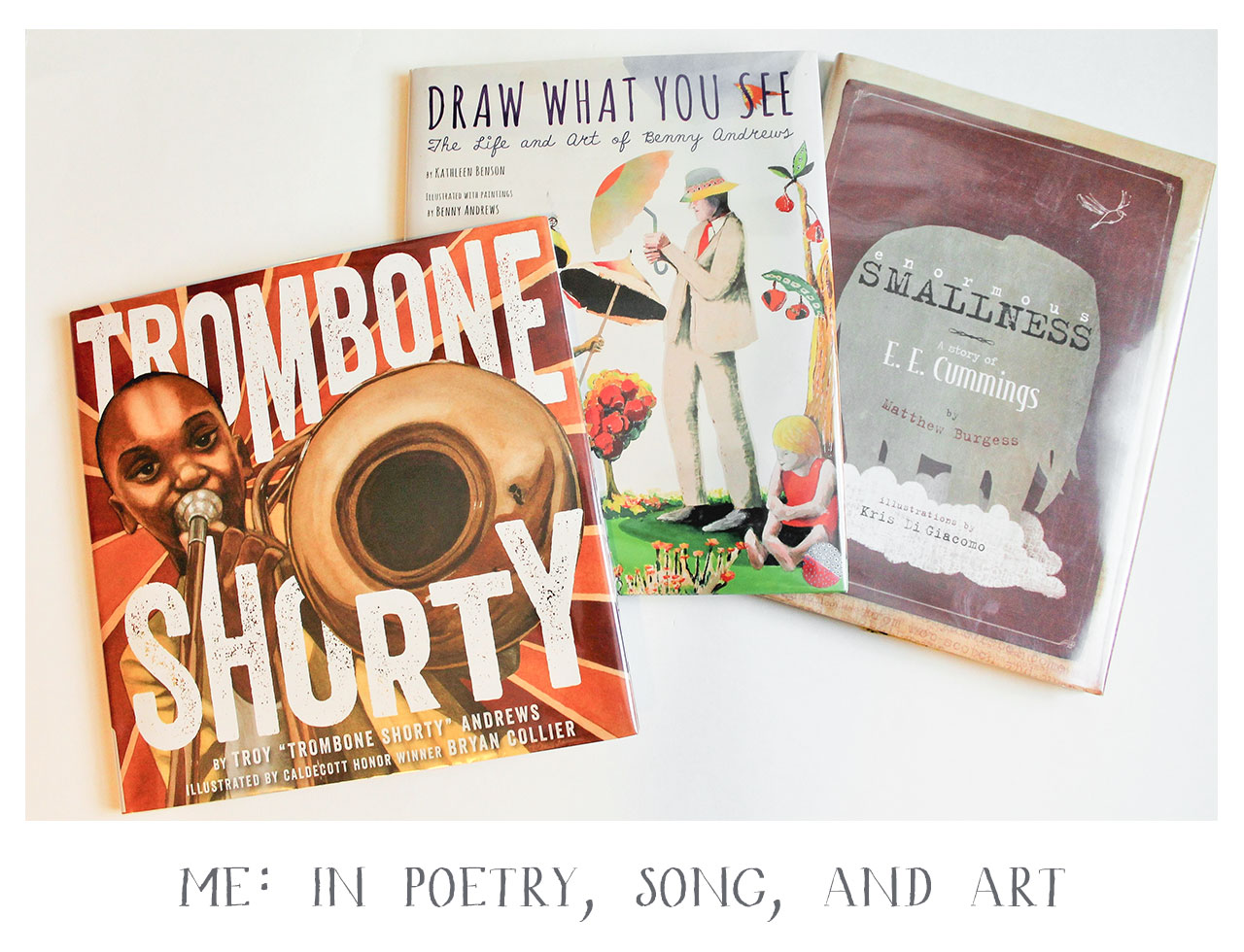 When I was a classroom teacher, one of the most relaxing, yet beneficial professional development opportunities I attended was a “Picture Book Read In.” After various speakers, such as a local librarian who had been on the Caldecott committee, teachers had an opportunity to peruse new picture books at their leisure. I was always able to discover new books that sparked new ideas and new lessons.
When I was a classroom teacher, one of the most relaxing, yet beneficial professional development opportunities I attended was a “Picture Book Read In.” After various speakers, such as a local librarian who had been on the Caldecott committee, teachers had an opportunity to peruse new picture books at their leisure. I was always able to discover new books that sparked new ideas and new lessons.
It seems like there is always a steady stream of amazing books being produced, and this year is certainly no exception. There are many exciting new picture books and three of these that caught my eye are autobiographies or biographies. Aside from the interesting life stories, these books are especially attractive because they feature outstanding artwork, and they also focus on unique and diverse individuals in the fields of poetry, music, and art. Picture books easily engage children in non-fiction text, and these books can easily integrate reading, writing, and the arts. The more connections children can make across domains, the more effective learning opportunities become.
Enormous Smallness by Matthew Burgess is about the life of poet e.e. cummings. My favorite aspect of this book is the creative way the words themselves are incorporated into the illustrations. I love the use of the font style and the way the poems are presented throughout the book. Also, the book includes a nice chronology at the end.
Trombone Shorty by Troy “Trombone Shorty” Andrews is an autobiography. This book will resonate with children because it takes place in modern times. Troy is 29 years old, and the book covers his accomplishments and musical drive as a young child. The watercolors and collage by Bryan Collier are amazing.
Draw What You See by Kathleen Benson is a biography of Benny Andrews and features his actual paintings as the illustrations. What a better way to introduce his life and his art to students than by using his artwork. The book also ends with an nice timeline, and a listing of each artwork including the title, medium (mostly oil on canvas are featured in this book), and date created.
With each book covering an individual from a different artistic talent, there are so many possibilities for activities after reading and discussing these books, all of which can be adapted for different age levels and abilities.
- Write an autobiographical poem
- Compose an autobiographical song
- Paint a picture of an important moment in your life
- Create a timeline of your life so far
- Create an autobiographical collage
I have created a printable booklet to inspire some of the ideas listed above (click on the photo below to download). A quote of e.e. cummings that speaks to me is, “It takes courage to grow up and become who you really are”. Children thrive on expressing themselves and exploring what it means to be who they are. Poetry, song, and art are wonderful ways to delve into this. The booklet also has a chart to compare and contrast the individuals featured in these three books. An important comprehension skill with non-fiction reading is being able to locate and process factual information. Use of engaging texts, such as these picture books, is an excellent way to introduce and practice this skill in an interesting way for children.
Extending the reading of a book with supplemental experiences enhances children’s’ understanding as well, here are some links to use:
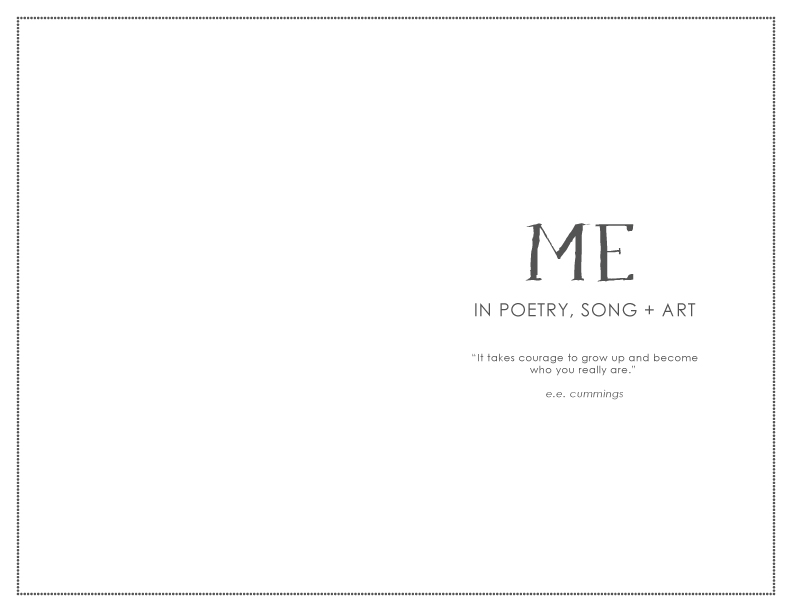
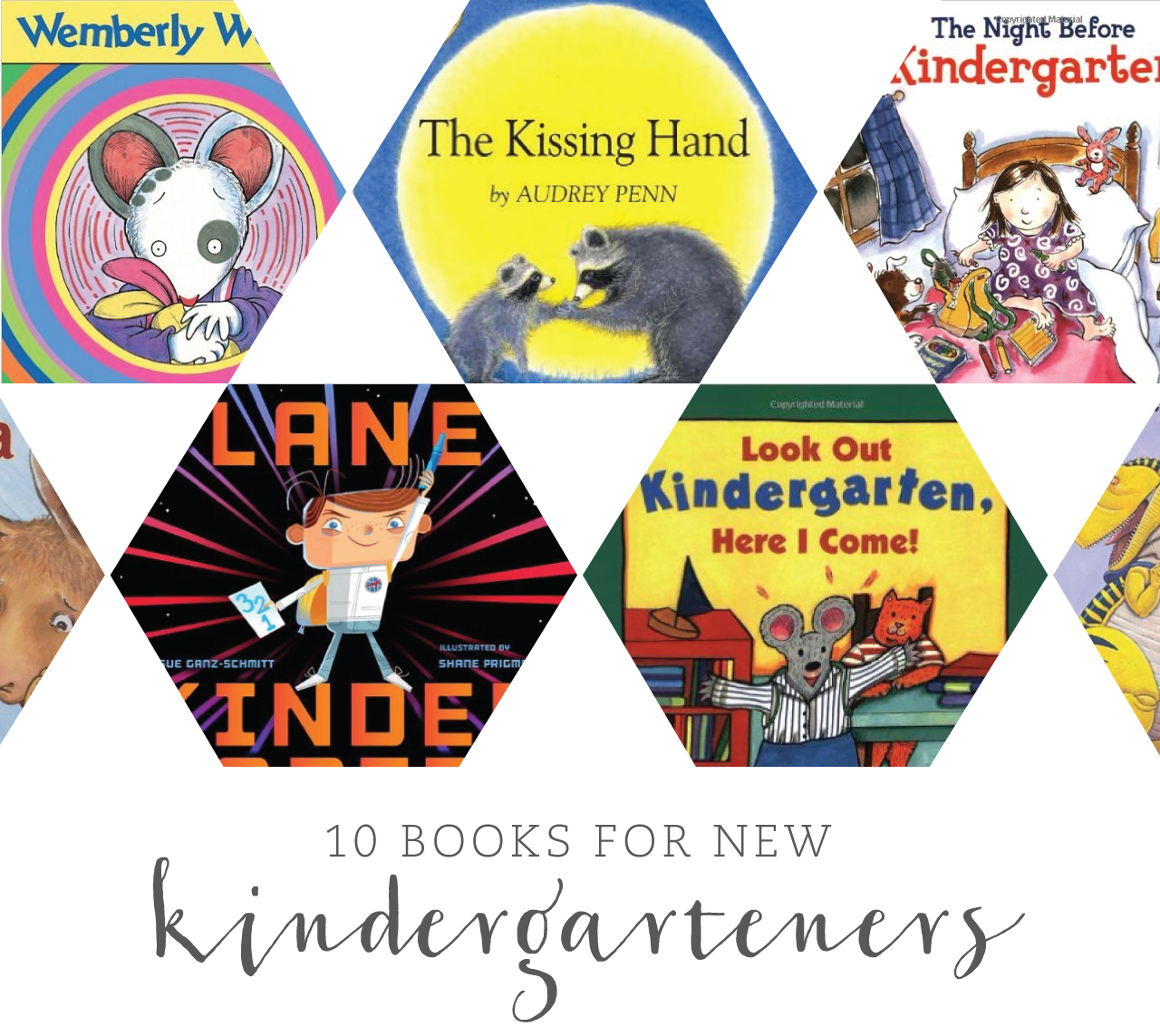
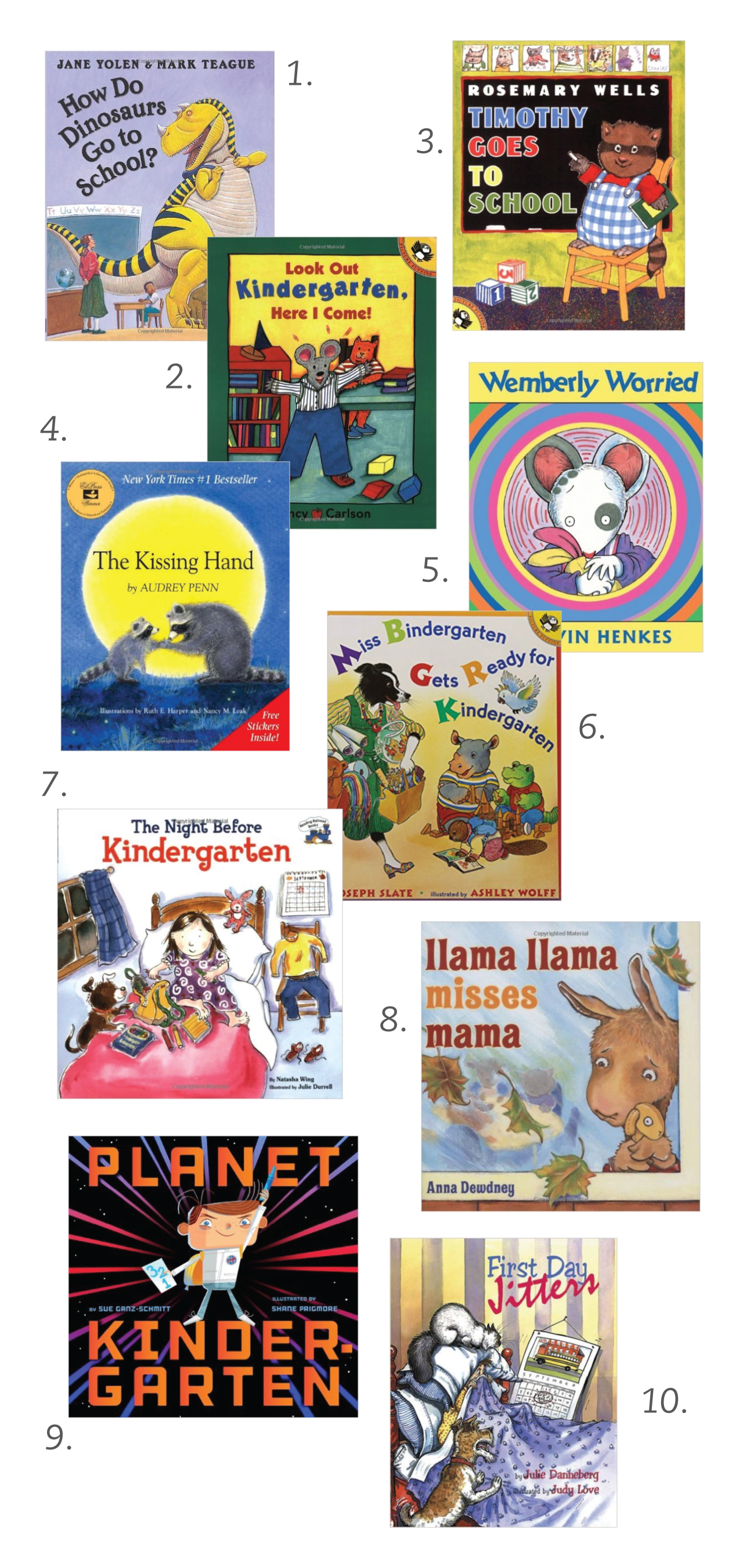
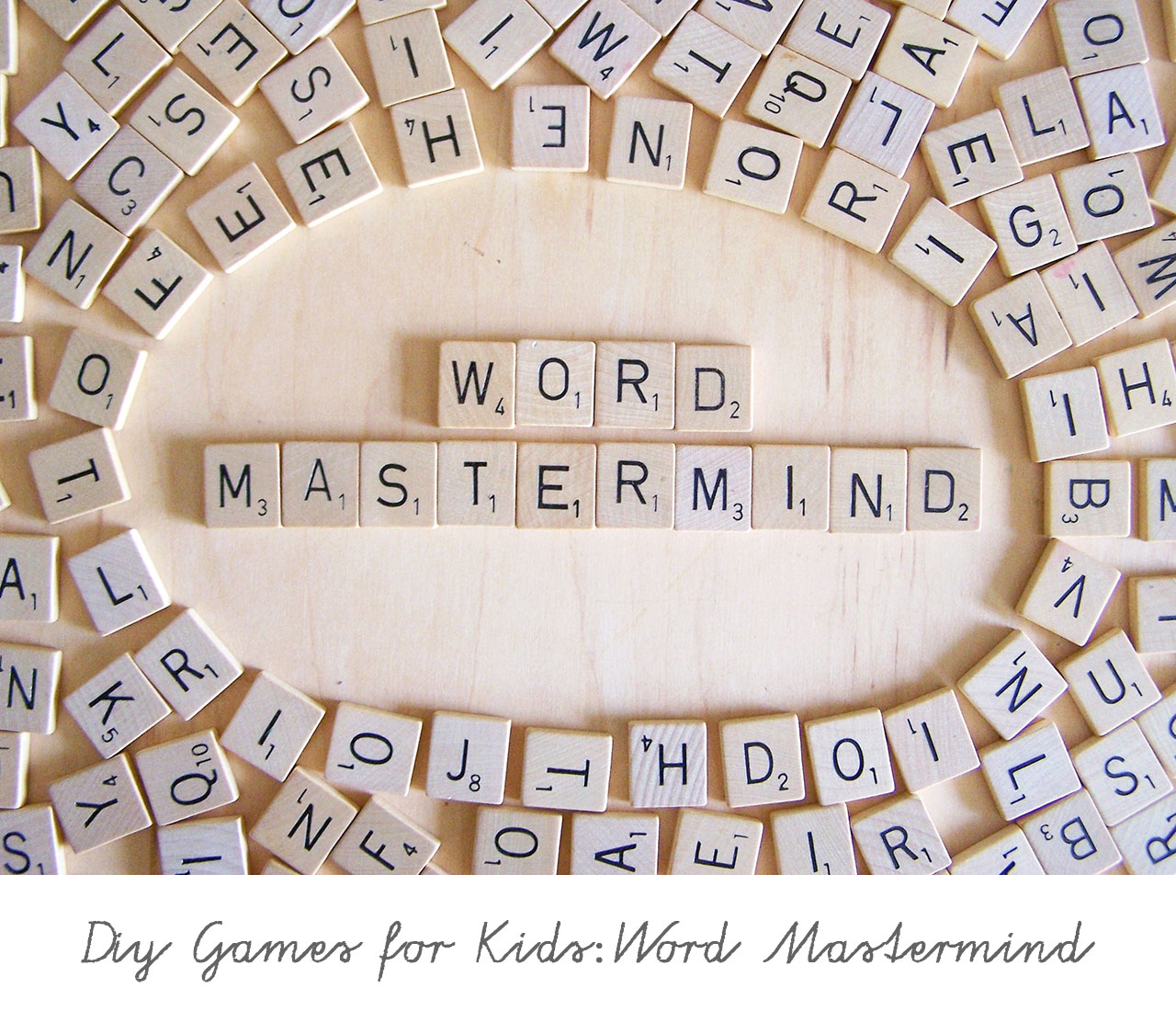 Do you have a Scrabble® game in your home? If so, put those letter tiles to use with this simple game.
Do you have a Scrabble® game in your home? If so, put those letter tiles to use with this simple game.



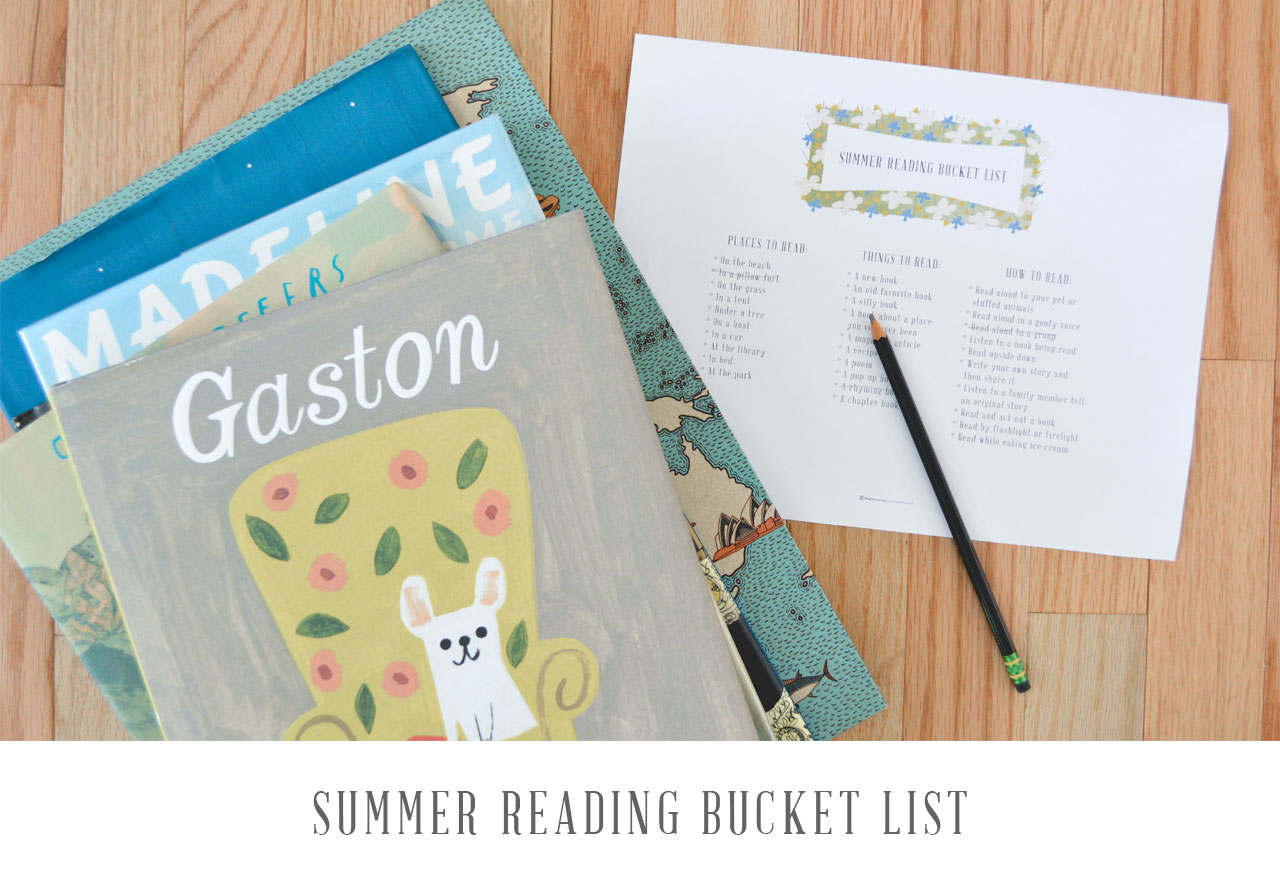 What is on your summer to-do list? It may be packed with adventures, getaways, and activities, but did the simple act of reading throughout the summer make your list?
What is on your summer to-do list? It may be packed with adventures, getaways, and activities, but did the simple act of reading throughout the summer make your list?
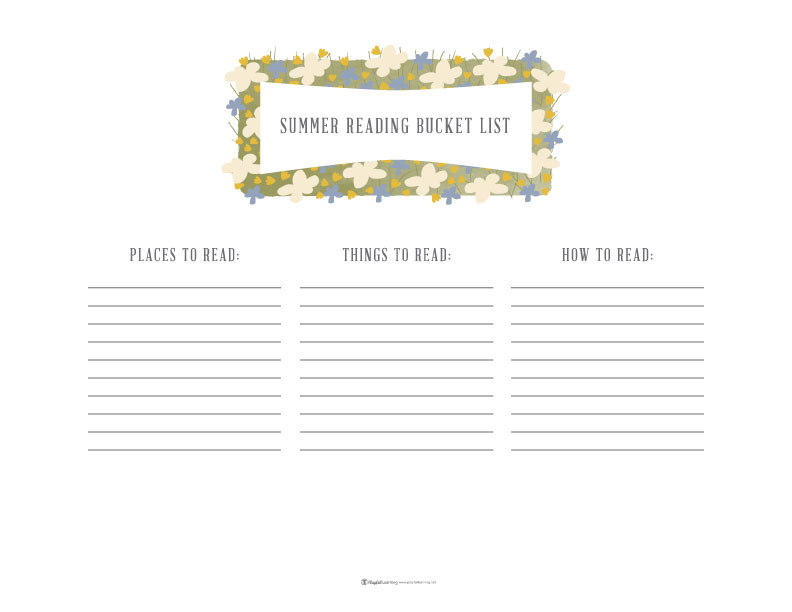
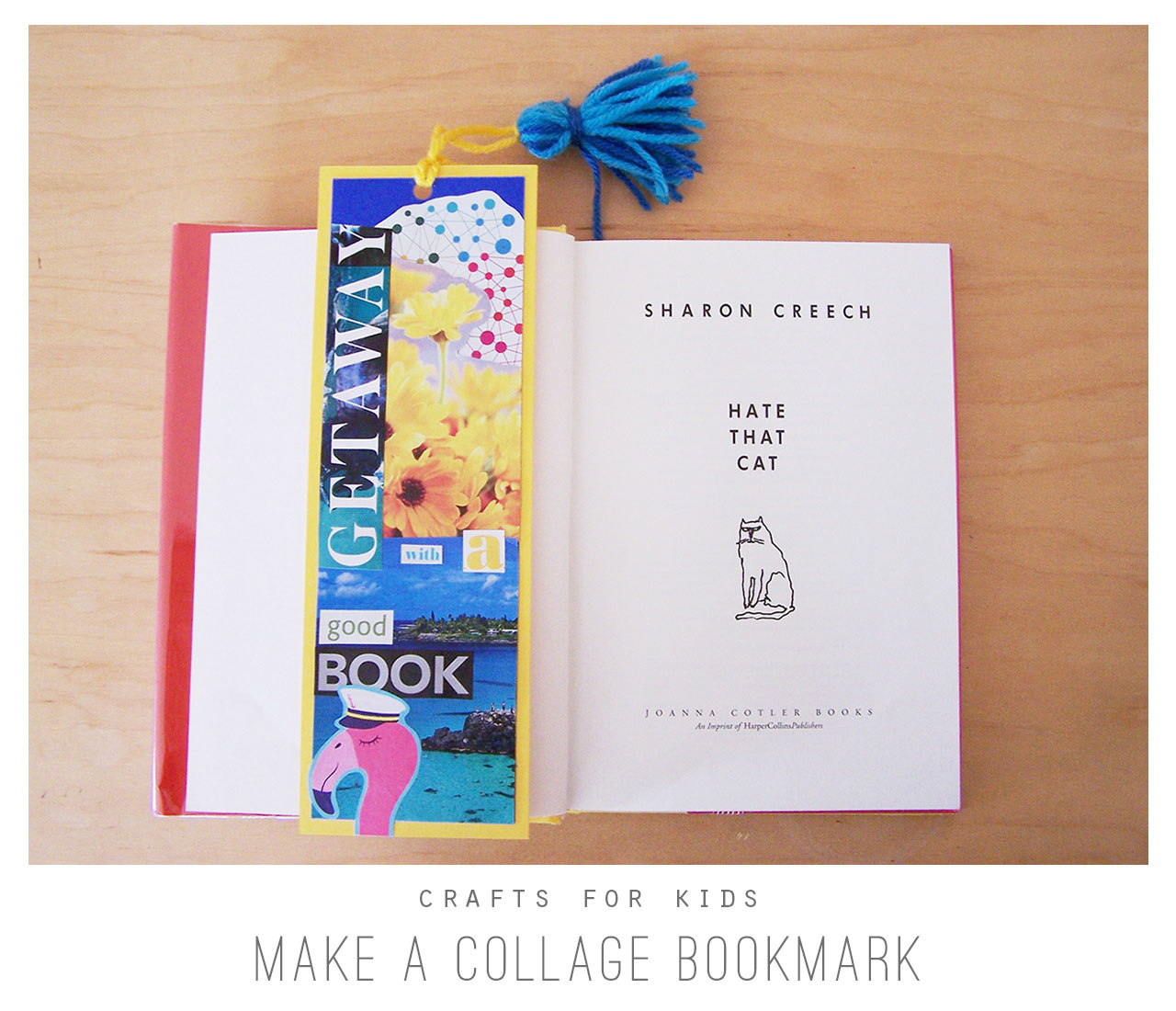
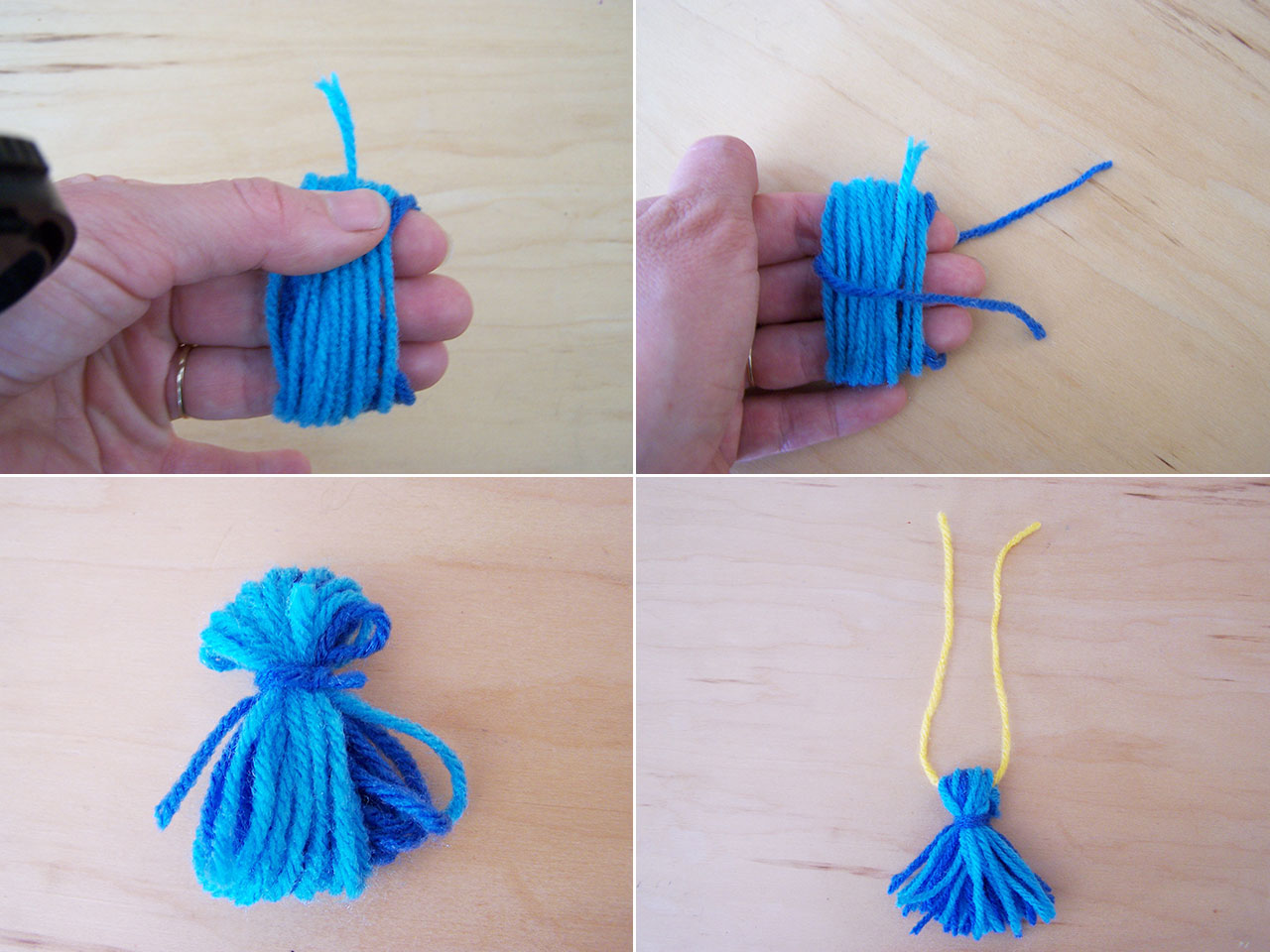
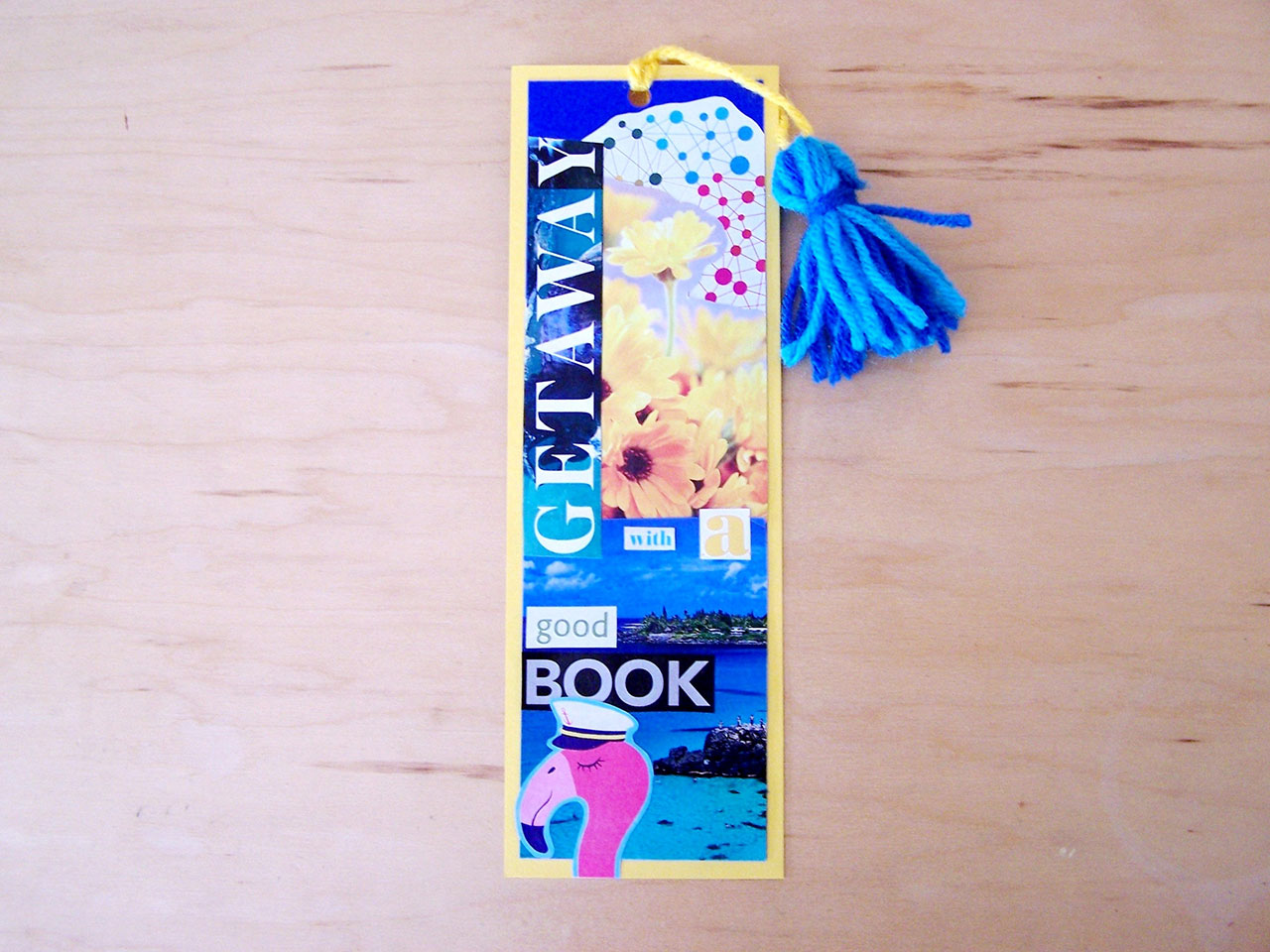
 Summer is here and we all want our children to read for pleasure over the next few months… Although, over the years, I have found that the requirement schools often have for children to read for any given number of minutes backfires. They become preoccupied about watching the clock, are not truly engaged with their book, and far worse, see reading as something that needs to be completed as quickly as possible. The clock becomes the focal point rather than the book at hand and eventually for some children their innate desire to read disappears.
Summer is here and we all want our children to read for pleasure over the next few months… Although, over the years, I have found that the requirement schools often have for children to read for any given number of minutes backfires. They become preoccupied about watching the clock, are not truly engaged with their book, and far worse, see reading as something that needs to be completed as quickly as possible. The clock becomes the focal point rather than the book at hand and eventually for some children their innate desire to read disappears.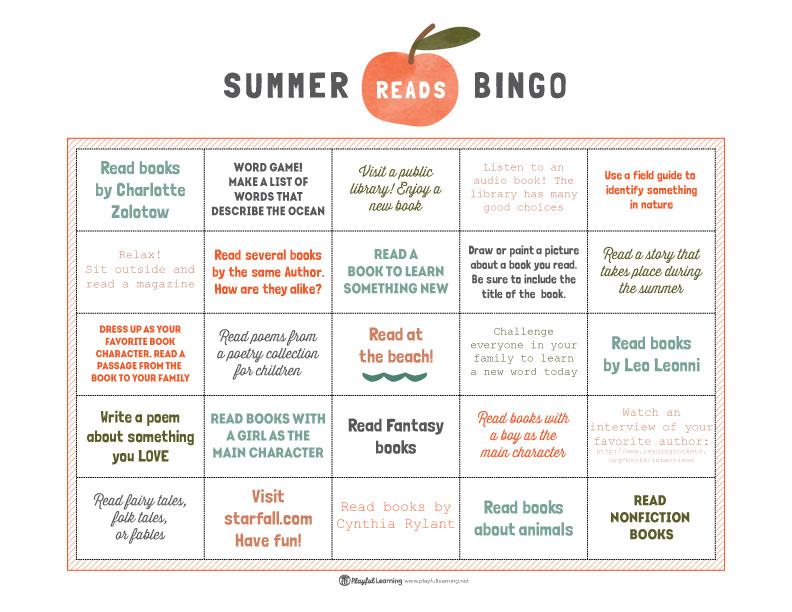
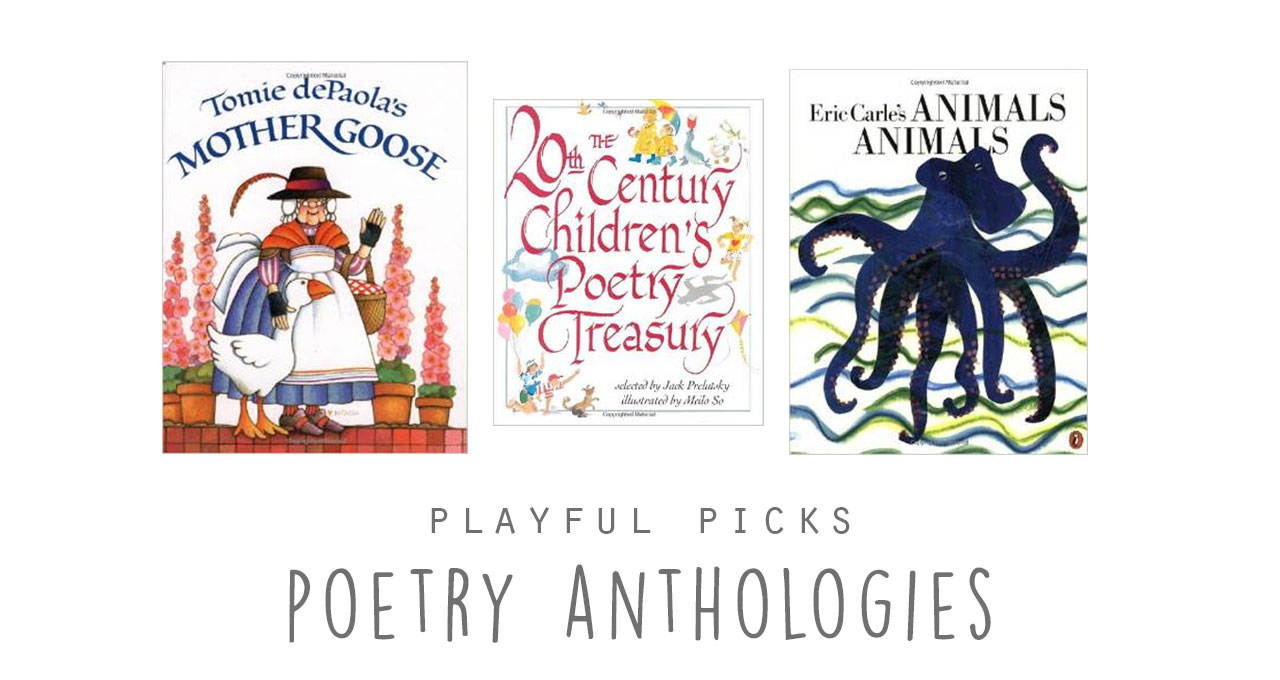 When I first started teaching I was terrified of the month of April. April means poetry in many schools. My exposure to poetry was not too much broader than Shel Silverstein in elementary school and Shakespearean sonnets in high school. However, I did want to inspire my students to love poetry and knew that I needed to immerse myself in the genre in order to do so. I began collecting poetry anthologies and made them my own personal reading. Here are a few that I love.
When I first started teaching I was terrified of the month of April. April means poetry in many schools. My exposure to poetry was not too much broader than Shel Silverstein in elementary school and Shakespearean sonnets in high school. However, I did want to inspire my students to love poetry and knew that I needed to immerse myself in the genre in order to do so. I began collecting poetry anthologies and made them my own personal reading. Here are a few that I love.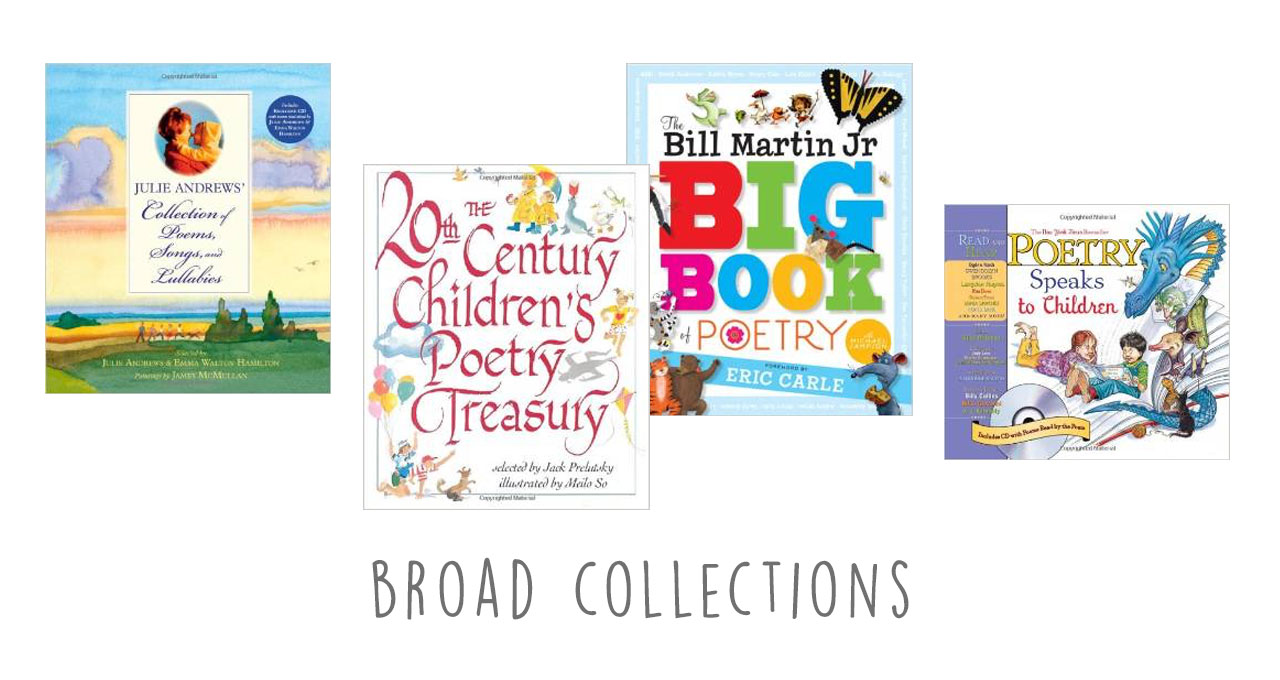

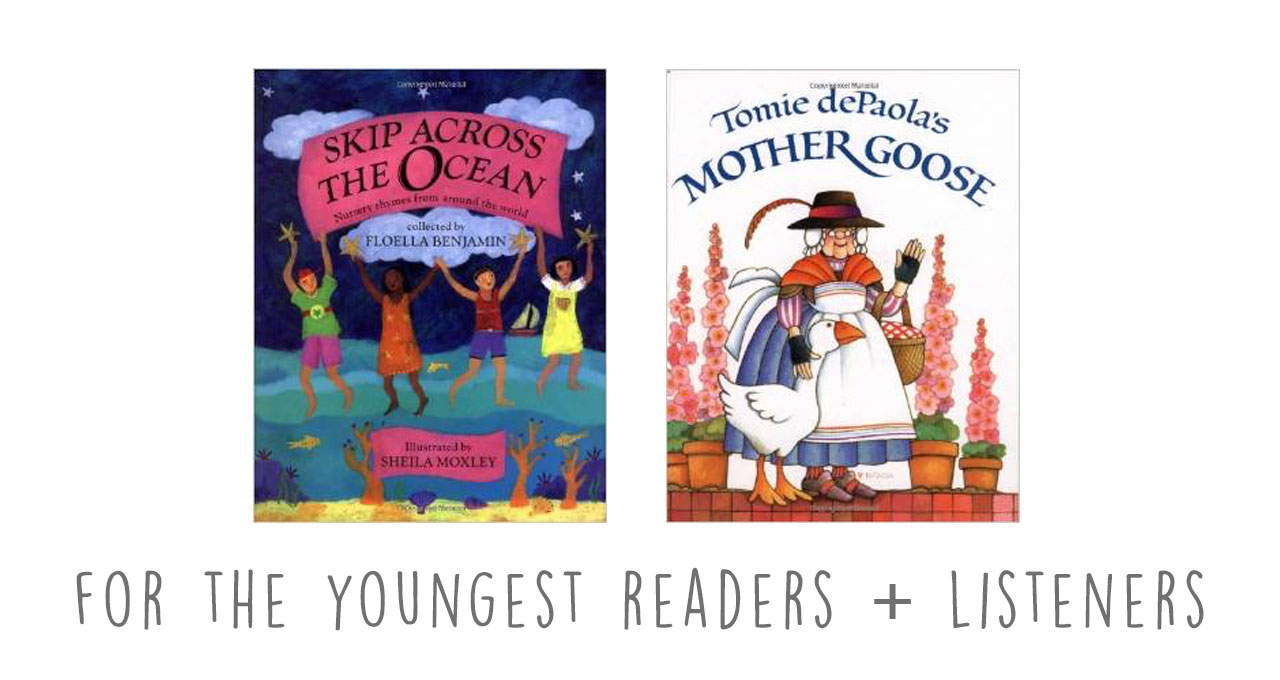
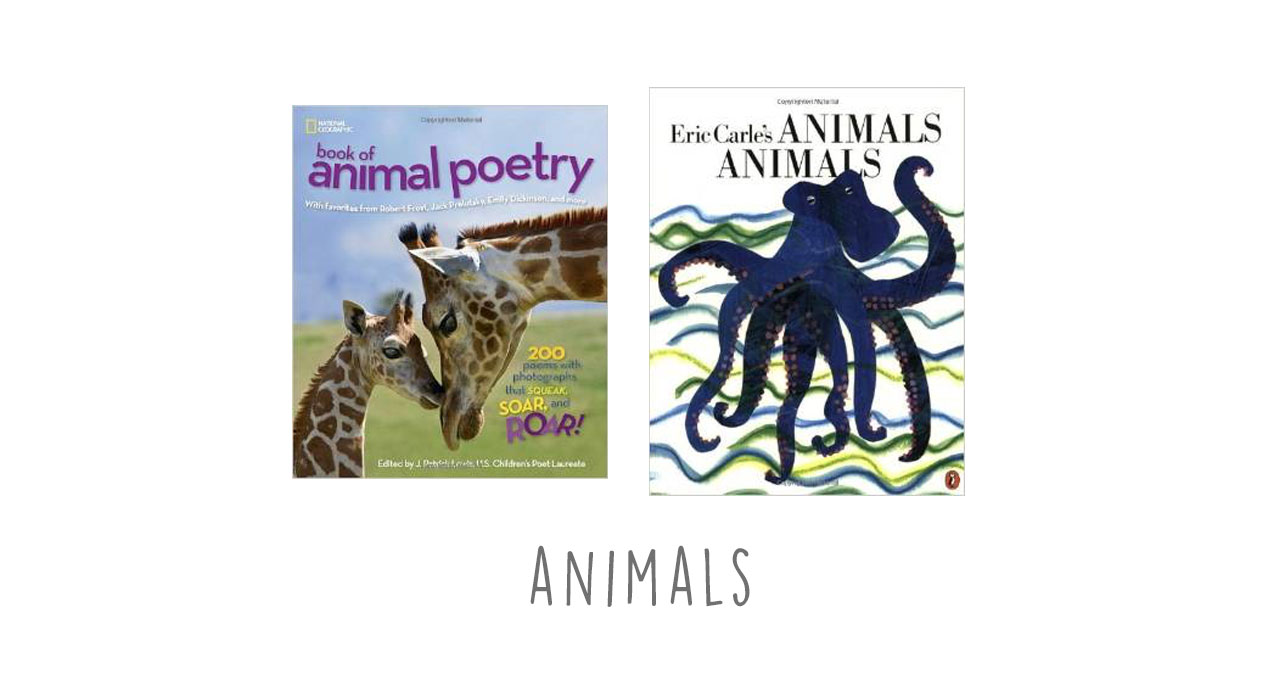
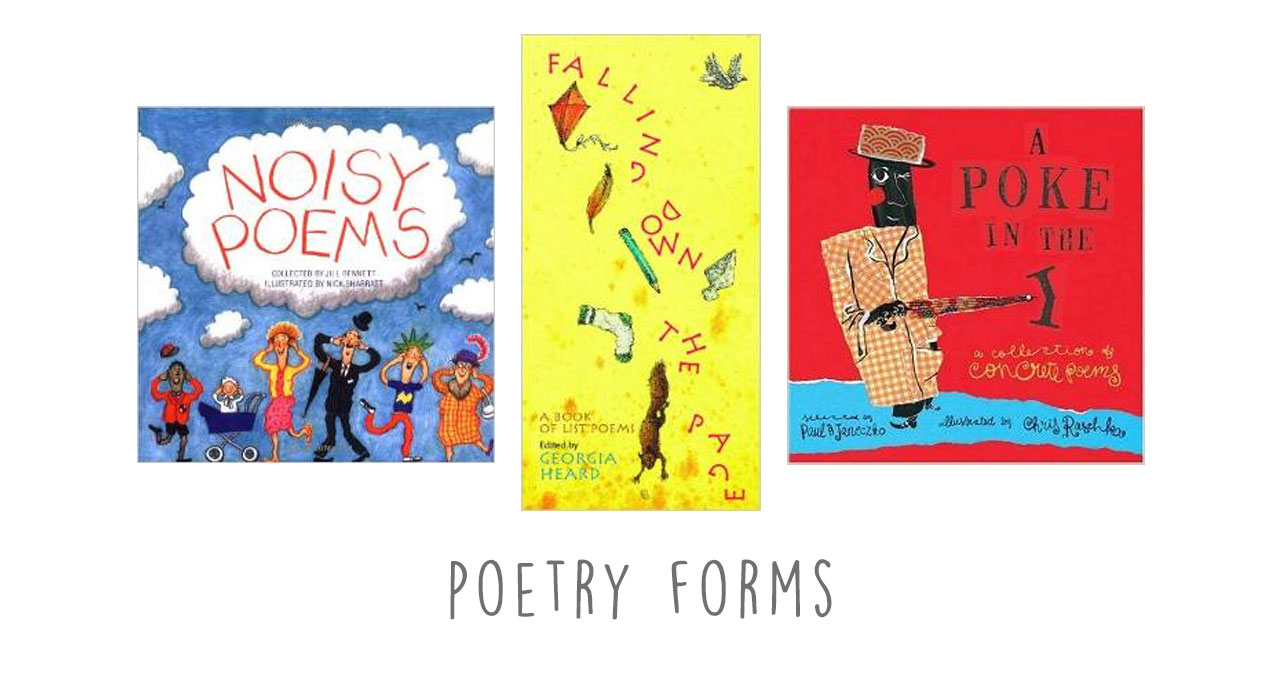
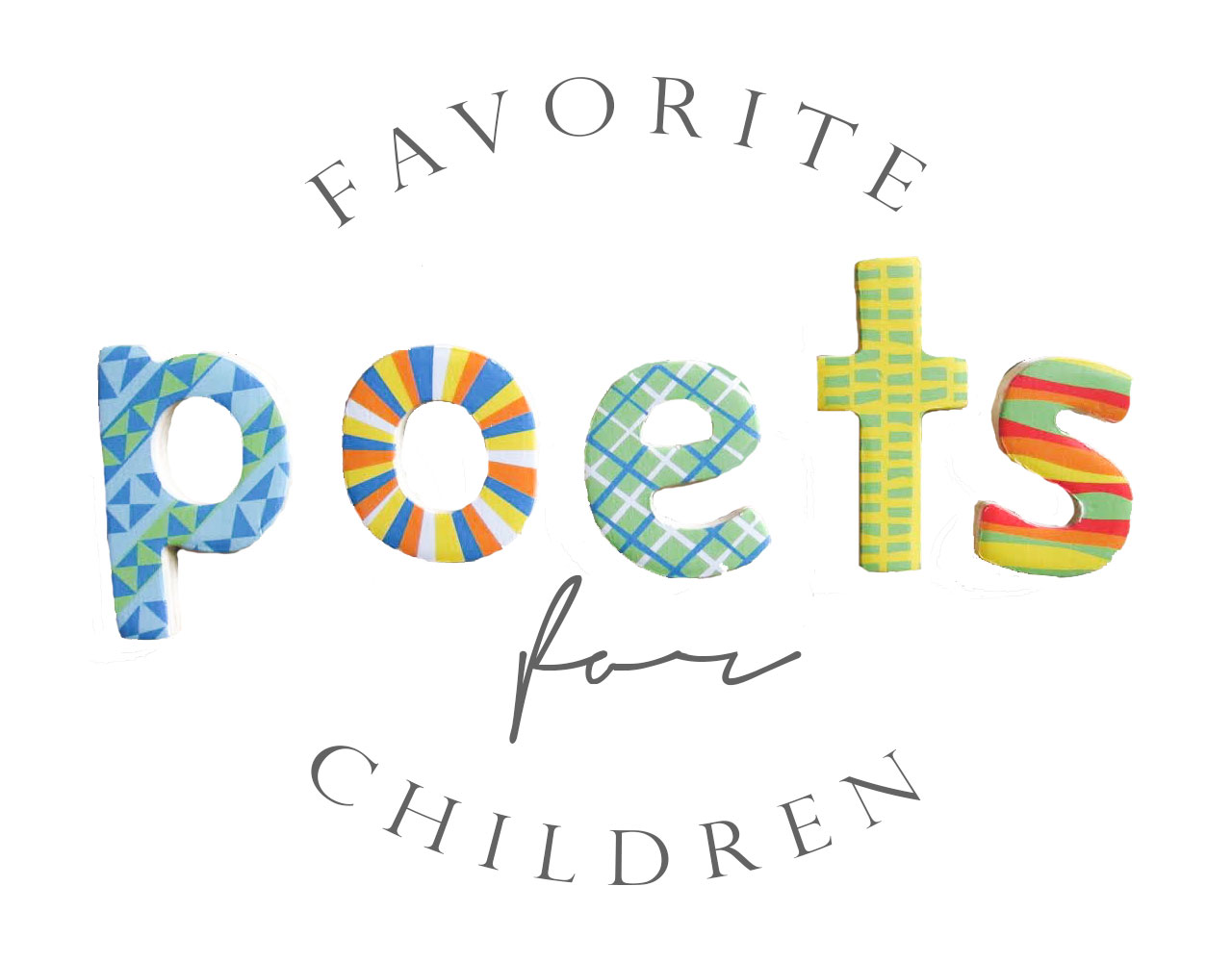 As I sat down to compose a list of my favorite poets, I became aware that I read poetry like a writer, and I consider the young writers who might be inspired by these poets. We all know that children love rhyme, but it can be very difficult to write good rhymes. Also, sometimes children assume poetry has to rhyme or be about beautiful scenery. I love poetry that surprises children and helps them to see poetry in different ways. Here, you will find poems about safety pins, Mars, Iguanodons, and marshmallows. Some rhyme. Some don’t. Enjoy.
As I sat down to compose a list of my favorite poets, I became aware that I read poetry like a writer, and I consider the young writers who might be inspired by these poets. We all know that children love rhyme, but it can be very difficult to write good rhymes. Also, sometimes children assume poetry has to rhyme or be about beautiful scenery. I love poetry that surprises children and helps them to see poetry in different ways. Here, you will find poems about safety pins, Mars, Iguanodons, and marshmallows. Some rhyme. Some don’t. Enjoy.
